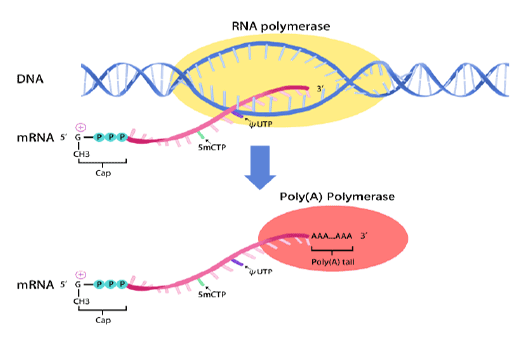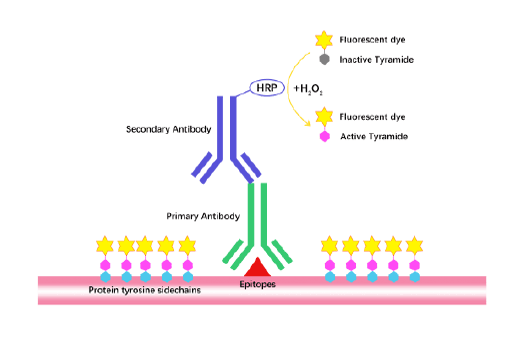Ophiobolin B
Ophiobolins are a group of sesterterpene-type phytotoxins produced by fungi belonging to the genera Bipolaris, Drechslera, Cephalosporium and Aspergillus. Ophiobolins are secondary metabolites of fungi. To date, more than 25 ophiobolin analogues have been identified. Ophiobolins have been involved in various biological actions, such as phytotoxic, cytotoxic, nematocidal, antimicrobial and antiviral effects [1].
In vitro: In maize coleoptile tissues, Ophiobolin B inhibited proton extrusion. Ophiobolin B counteracted the biological activity of fusicoccin (FC). Ophiobolin B inhibited FC-promoted proton extrusion, potassium uptake and cell enlargement [2]. Calmodulin solutions preincubation with ophiobolin A caused an instantaneous quenching of the intrinsic tyrosine fluorescence in a time-dependent manner. The inhibitory effects of ophiobolin A could not be reversed by dialysis, dilution, nor denaturation by urea in the presence of methanol followed by renaturation. Ophiobolin A also inhibited spinach calmodulin [3]. In cultured CLL cells, treatment with increasing concentrations of Ophiobolin B for 24 h displayed bioactivity towards leukemia cells with induction of apoptosis at nanomolar concentrations [3]. Ophiobolins B exihibited antifungal effects on different zygomycetes with MIC value of 25-50 μg/ml [4].
References:
[1] Au T K, Chick W S H, Leung P C. The biology of ophiobolins[J]. Life sciences, 2000, 67(7): 733-742.
[2] Gianani L, Cocucci S, Pardi D, et al. Effects of ophiobolin B on cell enlargement and H+/K+ exchange in maize coleoptile tissues[J]. Planta, 1979, 146(3): 271-274.
[3] Bladt T T, Dürr C, Knudsen P B, et al. Bio-activity and dereplication-based discovery of ophiobolins and other fungal secondary metabolites targeting leukemia cells[J]. Molecules, 2013, 18(12): 14629-14650.
[4] Krizsán K, Bencsik O, Nyilasi I, et al. Effect of the sesterterpene-type metabolites, ophiobolins A and B, on zygomycetes fungi[J]. FEMS microbiology letters, 2010, 313(2): 135-140.
| Physical Appearance | A white solid |
| Storage | Store at -20°C |
| M.Wt | 402.6 |
| Cas No. | 5601-74-1 |
| Formula | C25H38O4 |
| Synonyms | Cochliobolin B,Ophiobolsin A,Zizanin B |
| Solubility | Soluble in DMSO |
| Chemical Name | (1R,3aS,6aR,7S,9aR,10aS)-7-[(1S)-1,5-dimethyl-4-hexen-1-yl]-1,2,3,3a,6,6a,7,8,9,9a,10,10a-dodecahydro-1,7-dihydroxy-1,9a-dimethyl-3-oxo-dicyclopenta[a,d]cyclooctene-4-carboxaldehyde |
| SDF | Download SDF |
| Canonical SMILES | C[C@@H](CCC=C(C)C)[C@@](CC1)([C@H](C/C=C(\[C@H]2C(C3)=O)/C=O)[C@@]1(C)C[C@@H]2[C@]3(C)O)O |
| Shipping Condition | Small Molecules with Blue Ice, Modified Nucleotides with Dry Ice. |
| General tips | We do not recommend long-term storage for the solution, please use it up soon. |
Quality Control & MSDS
- View current batch:
Chemical structure









